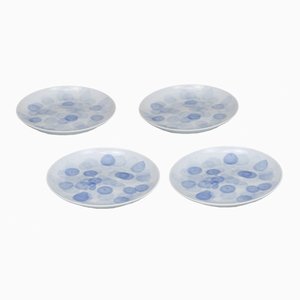Raising the visibility of women in design
A Woman's Work
“We are claiming space; we are connecting people; and we want to enact transformation.” This is just one of many inspiring affirmations offered up at A Woman's Work, a women-led symposium recently held at the Kunstgewerbemuseum in Dresden.The new year has just begun, but already it's clear that gender issues will remain in the foreground, propelled by the momentum of 2018, which was hailed as (another) "Year of the Woman" and bore witness to the centennial of women’s suffrage in the UK, a record-breaking number of women running for office in the US, #metoo, #timesup, normalizing breastfeeding, and an array of micro and macro actions aimed at upping equality across the globe.
Against Invisibility, the new exhibition curated by Klara Němečková at the Kunstgewerbemuseum in Dresden, examines historical gender injustices by spotlighting 50 successful but now nearly forgotten female designers from the early years of the Deutsche Werkstätten in Hellerau (1898-1938). The question that guided the curation was: How did these talented women become invisible? According to Němečková, there are multiple answers to this question, but most can be traced to the patriarchal nature of the way history has been written along with with the traditional restrictions on the kind of roles women have been allowed to occupy. Further obscuring factors include misattribution of works when designers changes their names for marriage and the bias toward highlighting the men when married couples collaborate. Then again, there's also a notable lack of histories written by women.
As a complement to this timely and eye-opening exhibition—with its charming presentation of design objects spanning the Art Nouveau, Art Deco, and early modernist styles—contemporary design thought-leaders Matylda Krzykowski and Vera Sacchetti (collaborating under the moniker Foreign Legion) hosted a symposium to call out the challenges that women in design continue to face today. Over the course of eight hours, speakers like Danah Abdulla, Pinar Demirdag, Annika Frye, Thomas Geisler, Katrin Greiling, Alice Rawsthorn, and Libby Sellers teased apart the threads of the design history tapestry to reveal its foundation of inequality and misrepresentation with the hopes of building a better tomorrow for women in design.
Education was naturally a recurring topic—not just at the elementary level where children first come to understand gender roles, but also in the higher academies where it’s important to expand the number of teaching positions held by women. Consensus formed around the educational value of seeing women in positions of power, as role models—a crucial step toward ensuring the next generation of designers is more well rounded, more diverse.
Another recurring and critical aspect of the discussion was that of visual and written language. Writer and critic Rawstorn shared professional anecdotes about how she fought for control over the imagery that accompanied her columns in the New York Times and to create exemptions to the paper's in-house style guide in order to make the language more inclusive of gender-queer designers.
In the context of a very animated and dynamic debate, a comment that left the room silent for a beat was Amelie Klein’s question: "How do we address injustice without being unjust ourselves?" Krzykowski and Sacchetti emphasized the importance of broadening the number and variety of voices that are included in the conversation. "Part of rewriting design history means listening to everyone’s voices," urged Sacchetti.
The dominance of women both on the panel and in the audience—curators, designers, educators, students, directors, and more—brought home just how far we've come already. The significant rise in the visibility of women in the world of design today is undeniable. But as Rawsthorn very articulately summed it up, "We need to build on [these achievements] with a dynamic and critical discourse... While many skirmishes have been won, others await."
All are encouraged to visit the brilliantly researched Against Invisibility at the Kunstgewerbemuseum in Dresden, which is running until March 3rd. And, if you’re in London, be sure to visit the Anni Albers retrospective at the Tate in its closing week.
-
Text by
-
Emma Lucek
Die England geborene Emma hat polnische Wurzeln und lebt momentan in Berlin. Mit ihren Erfahrungen im Bereich Forschung und Design findet sie nicht nur tolle neue Händler*innen für Pamono, sondern schreibt seit kurzem auch kritische Texte über Kunst, Architektur, Kulturgeschichte und natürlich Design.
-
Designbegeisterte hier entlang
Septagon Barschrank von Elisa Strozyk
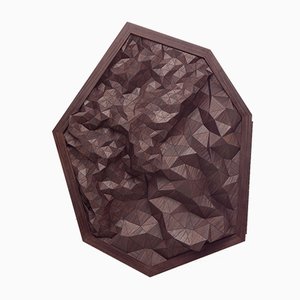
Overlap-Mirror Nr. 13 von Elisa Strozyk
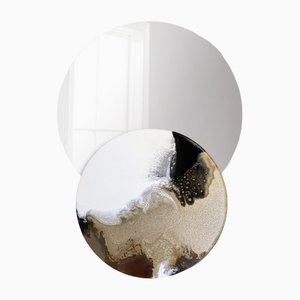
Balance-Spiegel Nr. 07 mit Ablage von Elisa Strozyk

Tischläufer aus Holz von Elisa Strozyk
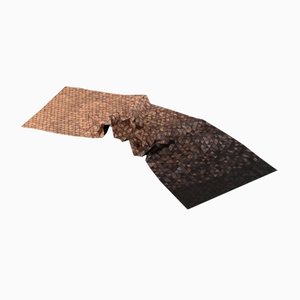
Claude Hängelampe von Annika Frye

Claude Hängelampe in Zitronengelb von Annika Frye, 2017

Claude Hängelampe in Hellgrau von Annika Frye, 2017

Blaue Sunday Tide Tassen - Grüne Edition von Anna Badur, 4er Set
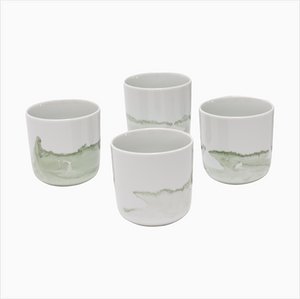
Balance-Spiegel Nr. 08 mit Ablage von Elisa Strozyk
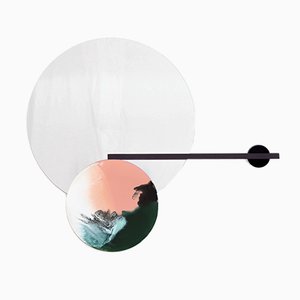
Deutsche Stühle von Gae Aulenti für Knoll, 8er Set

Esstisch von Gae Aulenti für Knoll International

DREI Hängelampe von Katrin Greiling für Studio Greiling
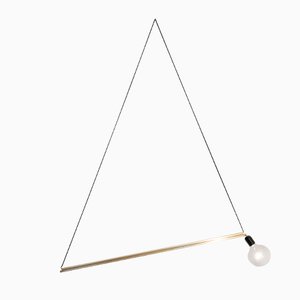
Lunario Couchtisch von Cini Boeri für Gavina, 1972
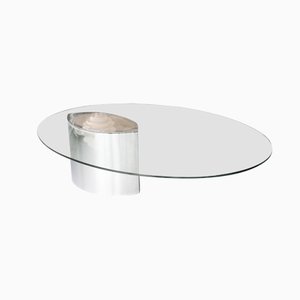
Vintage Falthocker von Gae Aulenti für Centrofly

Was auch immer das Wetter # 01 Kissen von Anna Badur
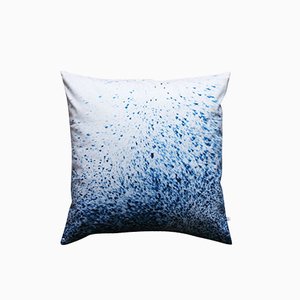
Tide Tassen aus der Blue Sunday Serie von Anna Badur, 4er Set
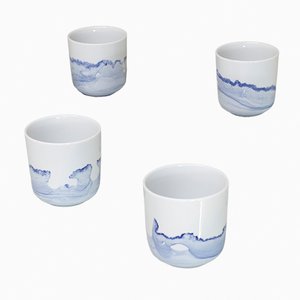
Blue Sunday / Pool / Teller von Anna Badur, 4er Set

Drop Teller aus der Blue Sunday Series von Anna Badur, 4er Set
